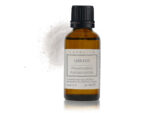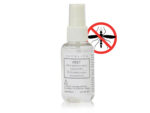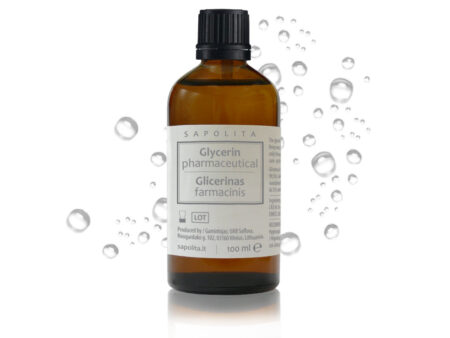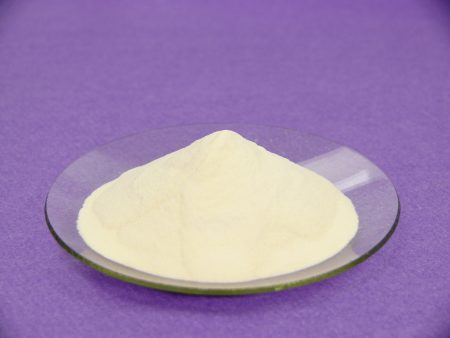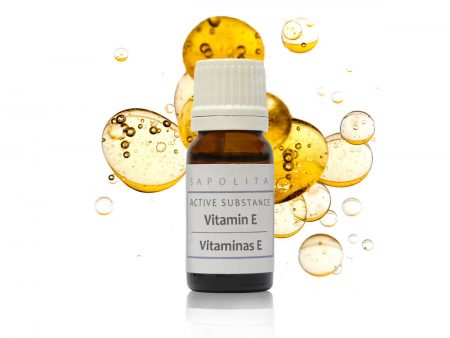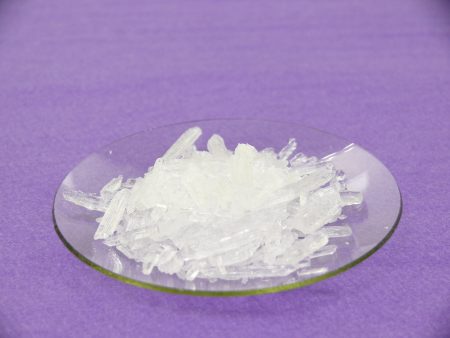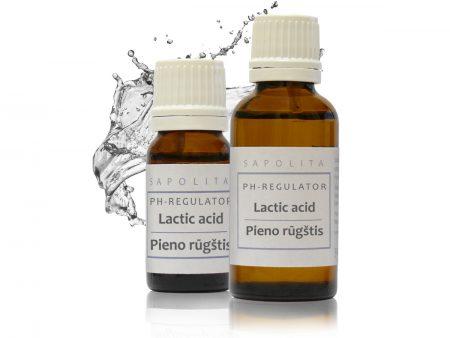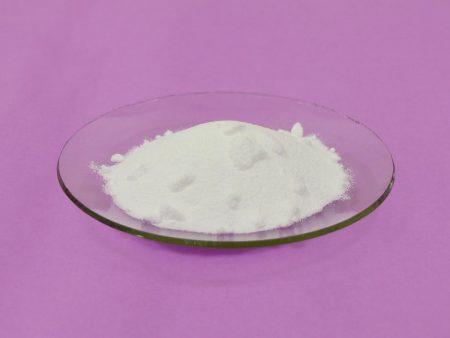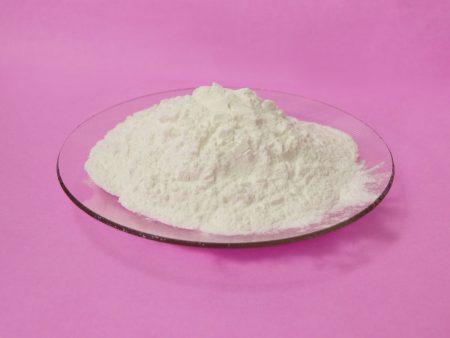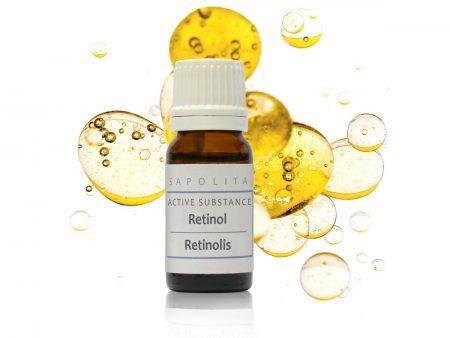Dihydroxyacetone
€9,50 – €29,60
Pure dihydroxyacetone is a popular active ingredient in self-tanning products.
- Delivery & ReturnWe offer reliable shipping worldwide, and in EU we deliver directly to door, to your home, office or another place!
Shipping methods
LOCAL PICK UP - Naugarduko str. 102, Vilnius (FREE).
SENDING VIA POST:
EXPRESS DELIVERY BY COURIER, only for EU countries:Country Price < 0.5 kg, € + € per 0.5 kg Luxembourg, Germany, Austria 6.55 1.30 Poland, Hungary, Estonia, Latvia, Finland, Sweden, France, Czech Republic, Romania, Switzerland 6.45 2.80 UK, Netherlands, Ireland, Denmark, Belgium, Greece, Norway, Italy, Island, Portugal, Slovakia, Bulgaria, Slovenia, Spain 8.35 3.05 Malta, Croatia, USA, UAE 12.55 8.95 Other countries 16.45 14.40
SENDING TO PARCEL TERMINALS:Country Price € < 2kg + € per additional weight Lithuania 5.60 1.7/5kg Latvia 11.20 2.55/5kg Estonia, Poland 13.40 3.65/5kg Finland, Portugal, France, Romania 15.95 0.2/1kg Germany, Belgium, Denmark 10.55 0.15/1kg Croatia, Luxembourg, Hungary, Slovakia, Netherlands, Czech Republic 12.35 0.15/1kg Slovenia, Austria, Bulgaria 14.25 0.15/1kg Greece, Sweden 19.65 1.15/1kg Italy, Spain, Ireland 18.95 0.2/1kg Countries Omniva, € Smartpost, € Venipak, € Lithuania 3.50 2.50 free > 40€ 2.70 free > 45€ Latvia 5.60 4.00 free > 70€ 3.70 free > 60€ Estonia 6.60 4.10 free > 70€ 4.30 free > 70€ Finland - 8.90 - - Ask a Question
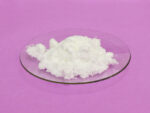
Dihydroxyacetone
€9,50 – €29,60Ask a Question
Dihydroxyacetone (DHA) works in the upper layer of the skin, when combined with protein amino acid fragments, it forms pigments – melanoidins, which have a shade similar to melanin and create a tanning effect on the skin. The color obtained in this way lasts until the top layer of the skin is renewed, or it can be removed with abrasive substances (peeling). Normally, the skin acquires a lighter shade after 3-7 days after using DHA.
DHA is the main active ingredient in many self-tanners. DHA is not a pigment, it has a different effect, so it is not easily washed off. Current self-tanning products come in the form of sprays, lotions, gels, foams, and cosmetic wipes.
DHA is often used alone or less often in mixtures with other active substances (eg with erythrulose), but DHA itself is more popular because it has a stronger effect.
The usual concentration in cosmetic products is 3-5%, but there are higher concentrations – up to 20%. It all depends on the desired shade, the higher the concentration, the darker the shade. The effect is noticeable after 2-4 hours after use and the shade darkens up to 24-72 hours later.
Stable in solutions with a pH of 4 to 6. Decomposes to brown products in alkaline media.
Ingredients: dihydroxyacetone.
Purity: min 99%.
CAS no: 96-26-4.
EC no: 202-494-5.
Recommendation: hygroscopic material, so keep well closed. Soluble in water, so it is placed in the water phase. Not compatible with amino acids and peptides, such as arginine, glutathione.
Documents:
SPECIFICATION Dihydroxyacetone.pdf
SDS Dihydroxyacetone.pdf
NMR H1 spectrum of Dihydroxyacetone, D2O 400 MHz.pdf
Related Products
The natural non-ionic surfactant has an extremely mild effect on the skin and an excellent foaming property.
Price per kg (density 1,1 g/ml):
100 ml – 20.00 €/kg
500 ml – 12.91 €/kg
1 L – 9.55 €/kg
20 L – 6.36 €/kg
Pure pharmaceutical grade glycerin 99.5% (other name glycerol) is extracted from raw materials of plant origin.
Xanthan gum made from corn starch through the processes of culturing (by fermentation of Xanthomonas campestris bacterium), extracting, evaporating and grinding.
Sodium ascorbyl phosphate is a stable water-soluble form of vitamin C.
Natural mixture of tocopherols of plant origin, obtained from soybeans without the use of GMOs.
Wax with the ability to maintain a solid texture in products with a high oil content. Gives shine and hardness to solid products (balms, pencils, butters and candles).
The ingredient for pH adjustment of products. It has exfoliating and antibacterial properties at higher concentrations.
Niacinamide, also known as nicotnamide or vitamin B3, is an active additive in cosmetics used primarily to care for acne-prone and aging skin.
Sucrose sterate is a co-emulsifier for emulsion making, stabilizes emulsions and regulates their texture.
This form of retinol is intended to enrich cosmetic products, it is a highly effective on the skin.


